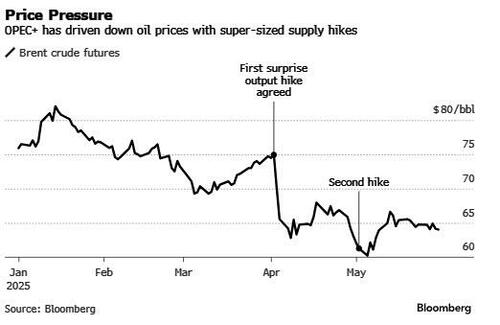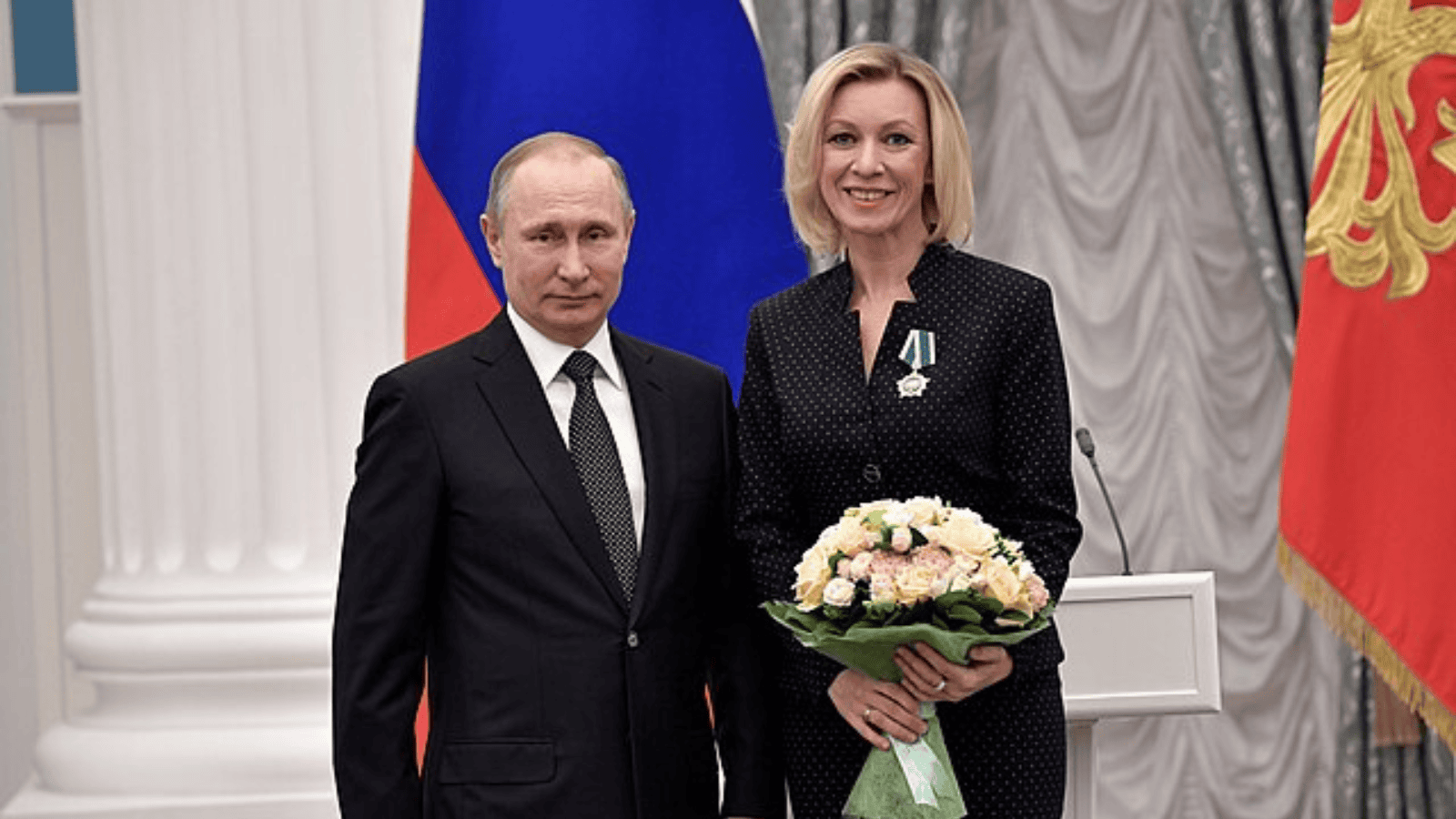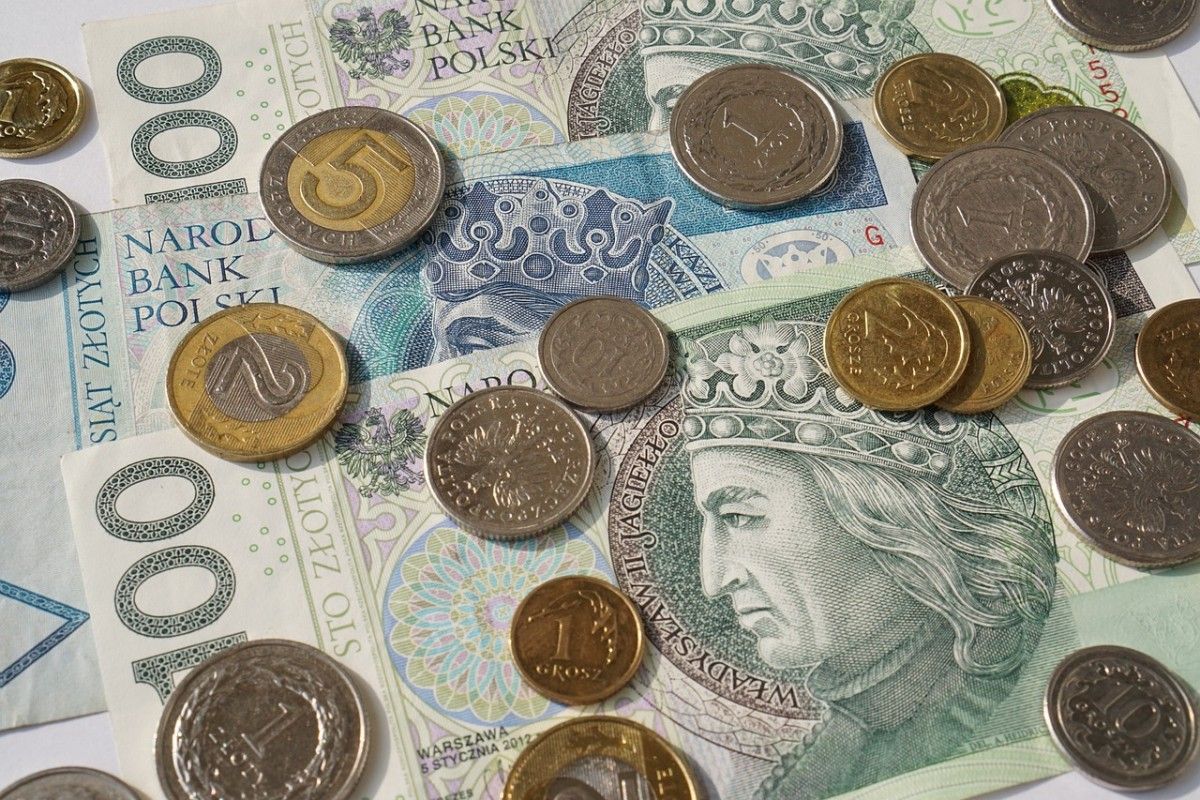
OPEC+ Hikes Output For Third Time By 411Kbpd, Despite Reservations From Russia
Following days of frenzied speculation that OPEC+ may go so far as to start another global price war similar to the Saudi armada in March 2020 which eventually sent WTI crude prices to a negative $45, however briefly, today’s decision was positively tame: OPEC+ agreed to surge oil output for the third month in a row, despite mounting reservations from key member Russia, doubling down on a historic policy shift that has sent crude prices sinking.
According to a statement on the OPEC website, the cartel of oil-exporting nations and several hangers on agreed during a video conference on Saturday to add 411,000 barrels a day to the market in July. The hike matches increases scheduled for May and June, marking a radical reversal from defending prices to actively driving them lower, largely in response to Kazakhstan chronically and unapologetically breaching its quota.
“OPEC+ isn’t whispering anymore,” said Jorge Leon, an analyst at Rystad Energy A/S, who previously worked at the OPEC secretariat. “May hinted, June spoke clearly, and July came with a megaphone.”
Officials said the supply hikes reflect Saudi desire to punish over-producing members like Kazakhstan and Iraq, recoup market share lost to US shale drillers and other rivals, and satisfy President Donald Trump’s desire for cheaper oil, even if it leads to – well – cheaper oil, and even steeper budget deficits for the country that exports 10 million barrels of oil per day and has an all-in breakeven price around $90.
The hikes will offer temporary relief to consumers as the northern hemisphere goes into its peak demand season, while also helping central banks grappling with stubborn inflation. Yet the market impact creates financial peril for oil producers around the world, which could be facing a period of prolonged low prices, followed by much higher prices as producing infrastructure suffers from disuse.
What was most notable about this latest production hike is that, according to Bloomberg, several members expressed reservations during Saturday’s meeting about the speed with which OPEC+ was raising production. Russia, Algeria and Oman wanted a pause in the increases, according to delegates.
The difference in views between Moscow and Riyadh, the cartel’s two most powerful members, will come back into play on July 6, when they meet again to discuss output levels for August.
In April oil briefly tumbled to a four-year low under $60 a barrel after OPEC+ first unexpectedly announced they would bolster output by triple the scheduled amount. The move came even as faltering demand and Trump’s trade war were already crushing the market. This was followed by a second hike announcement one month later, and now a third one.

While Brent futures have since recovered to trade near $64 a barrel, the IMF estimates the Saudis need prices above $90 to cover the lavish spending plans of Crown Prince Mohammed bin Salman. The kingdom is contending with a soaring budget deficit, and has been forced to cut investment on flagship projects such as the futuristic city, Neom.
However, thanks to earlier Reuters leaks, the markets is likely to take Saturday’s agreement as positive because ahead of today’s announcement “there were some concerns of a larger increase,” said Giovanni Staunovo, a commodity analyst at UBS, referring to Reuters reports that OPEC+ was considering even bigger output hikes.
Meanwhile, if Riyadh’s strategy is to discipline the cartel’s quota cheats through a “controlled sweating,” it doesn’t seem to be working. Kazakhstan, the most blatant offender, continues to exceed its limits by several hundred thousand barrels a day and has publicly stated that it has no plans to atone. Energy Minister Yerlan Akkenzhenov told reporters on Thursday that the country can neither enforce cutbacks on international corporate partners, or dial back at state-run fields. Which is why we recently speculated that if one or more of its peers wishes to teach Kazakhstan a painful lesson, then the Caspian Sea pipeline which carries most of Kazakh oil exports courtesy of the Caspian Pipeline Consortium, is probably sweating bullets right now.
With Kazakhstan chronically abusing its OPEC+ quota, and with 80% of Kazakh oil reaching the world via the CPC pipeline, what are the odds CPC gets Nordstreamed? pic.twitter.com/xgQ0QGlkMJ
— zerohedge (@zerohedge) May 23, 2025
But while Kazakhstan has so far refused to budge, the price downturn is taking a clear toll in America’s shale oil heartlands, where companies like Diamondback Energy Inc. say production has peaked, despite Trump’s promise the country would “drill, baby, drill” in a new energy boom.
With the hike scheduled for July, OPEC+ will be just over halfway through a road map for reviving 2.2 million barrels a day of output it had idled in recent years, a process that was previously planned to last until late 2026 yet which depends largely on how much of a stimulus China will finally unleash. The group will decide in the coming months how quickly to restore the remainder of supplies it’s still withholding from the market.
For some analysts, increasing supply is entirely logical. Demand will rise over the next few months in the US as drivers take to the roads for summer vacations, and also in the Middle East, where peak use of air conditioning means some barrels will be consumed domestically.
“Fundamentals in the right-here, right-now are strong — inventories are very low,” Amrita Sen, director of research at consultant Energy Aspects Ltd., said in a Bloomberg television interview before the meeting. “It is a good time for OPEC+ to add barrels to the market, so I don’t see why they wouldn’t.”
Nonetheless, further price losses may be in store. JPMorgan forecasts that Brent futures will sink into the “high $50s” later this year as the cartel’s hikes contribute to a global supply glut of more than 2 million barrels a day.
Tyler Durden
Sat, 05/31/2025 – 21:35











